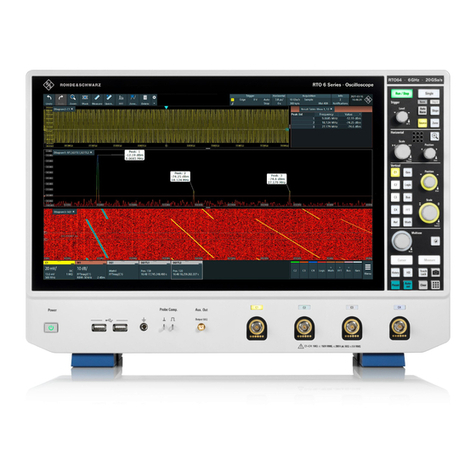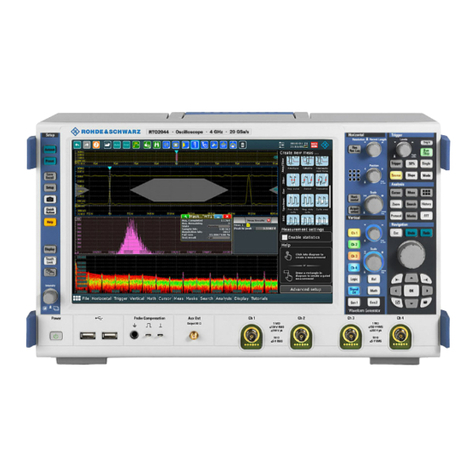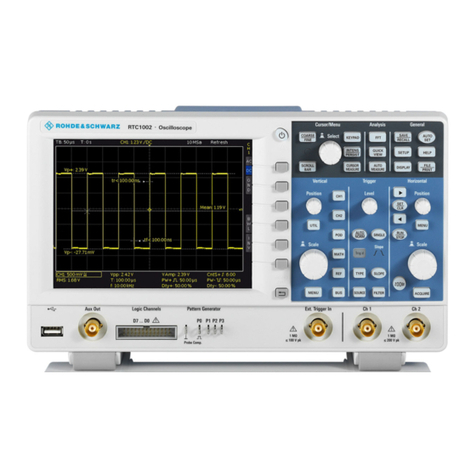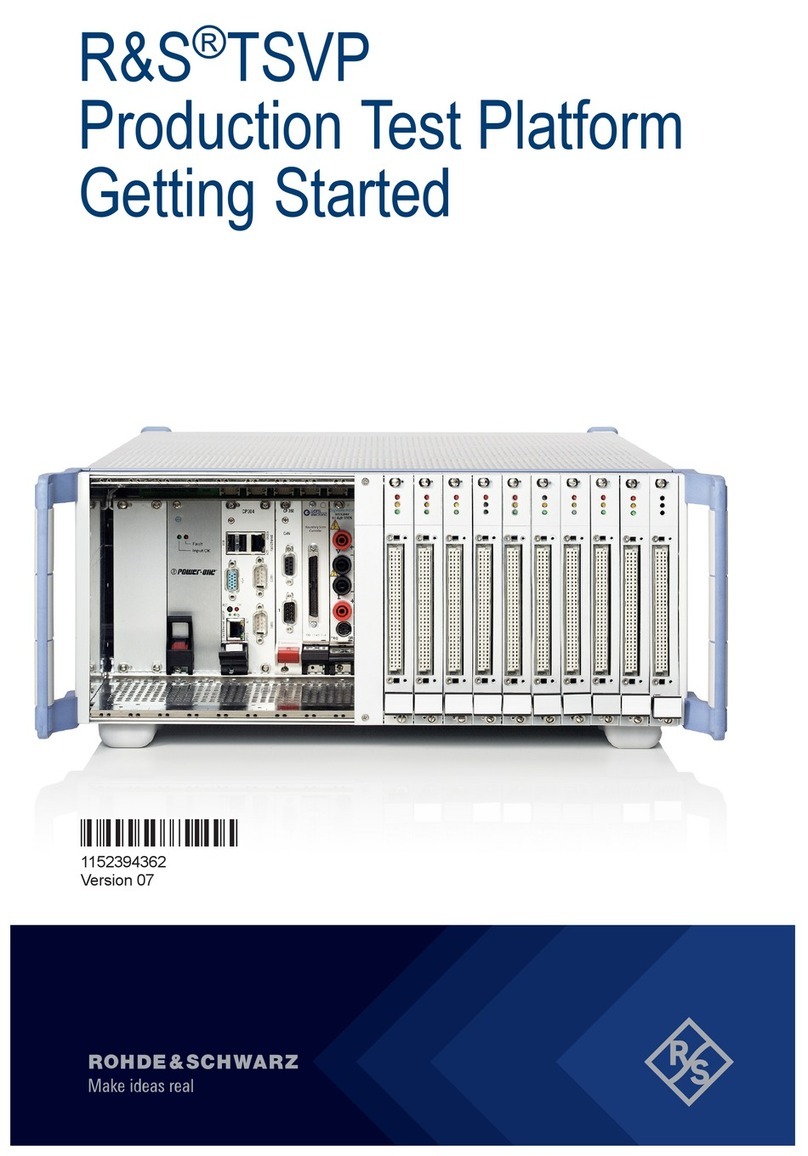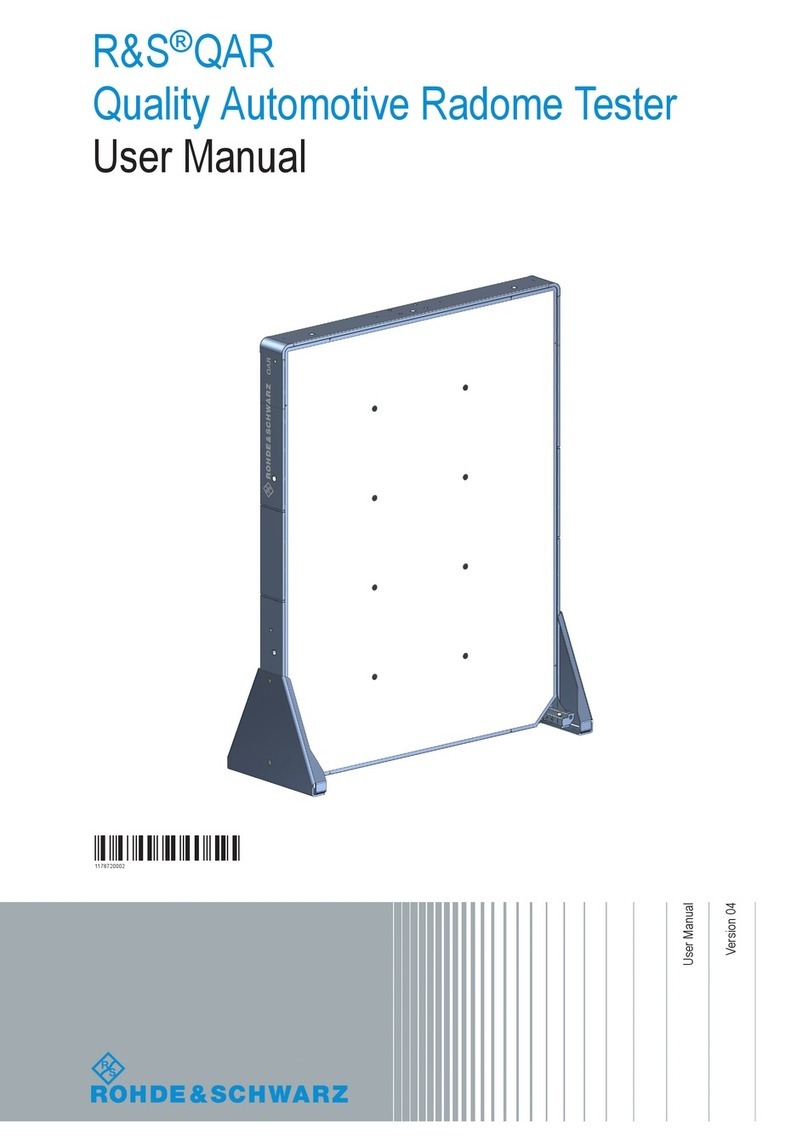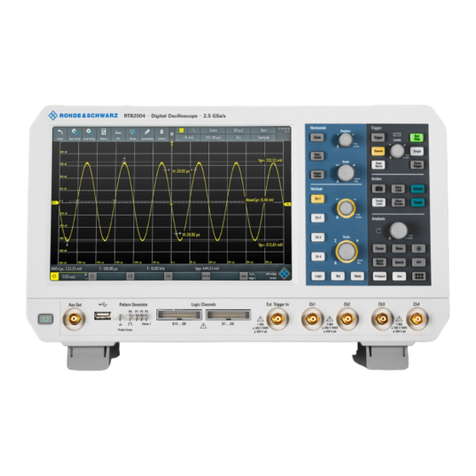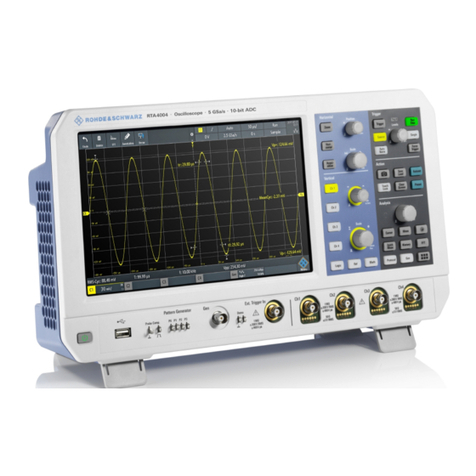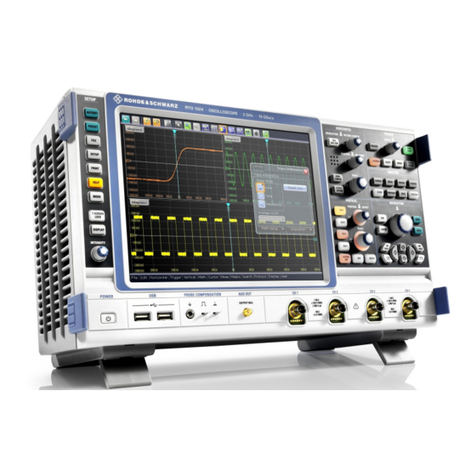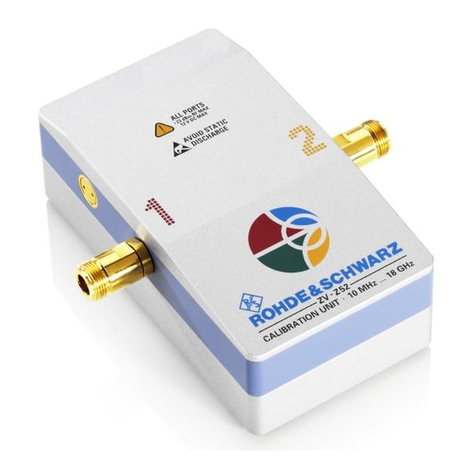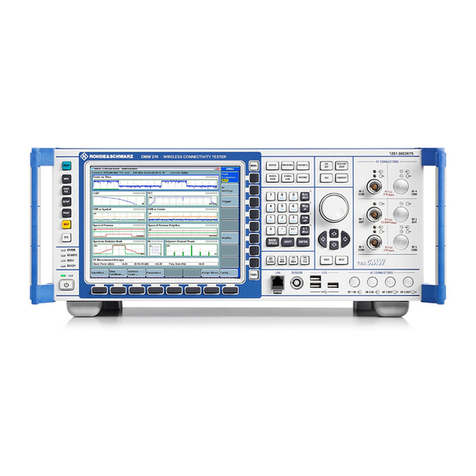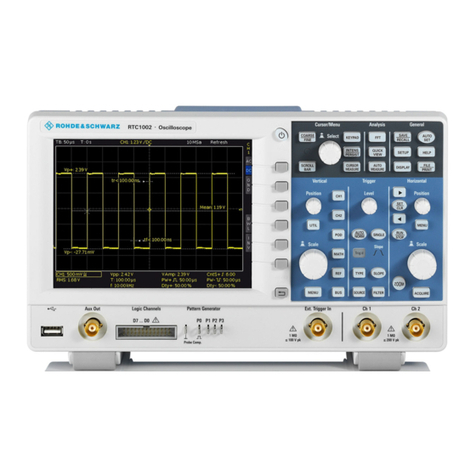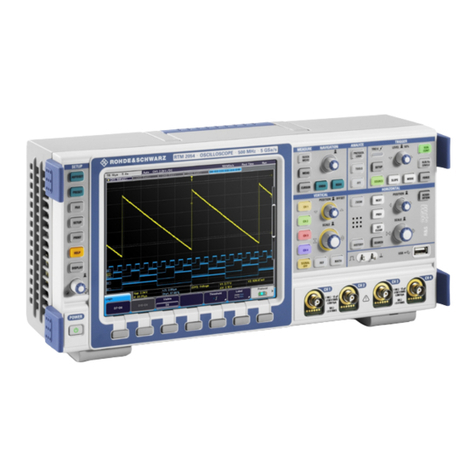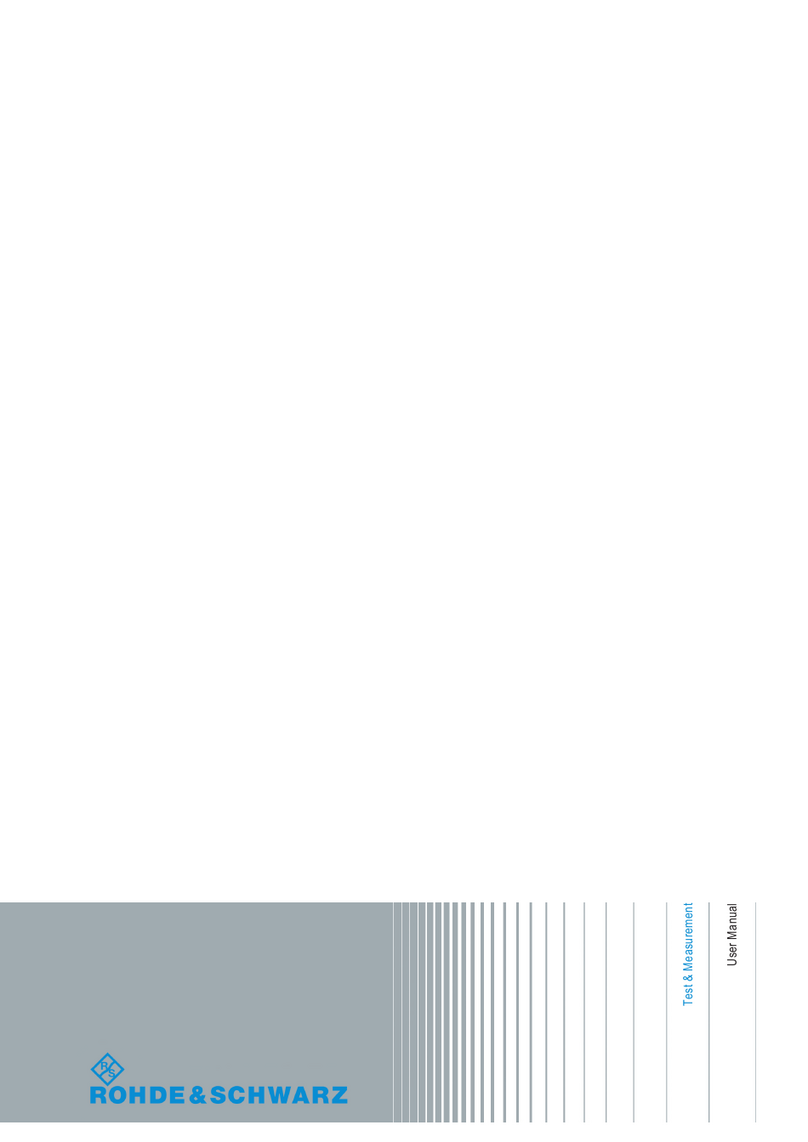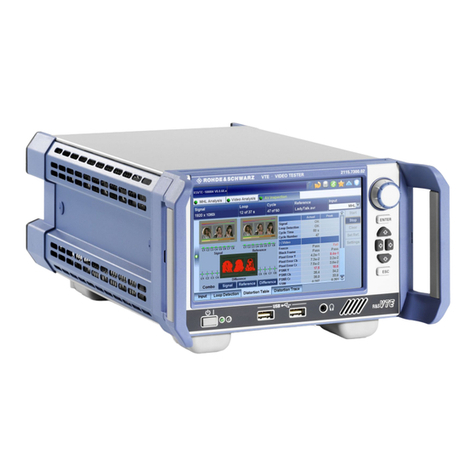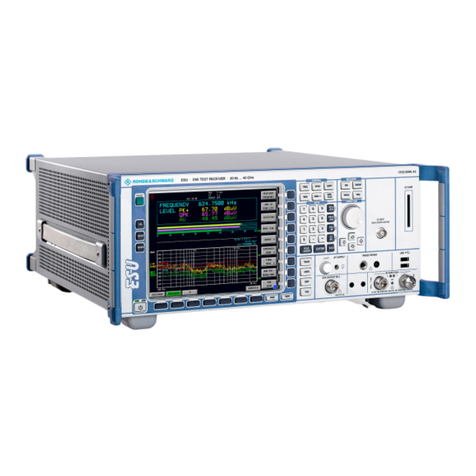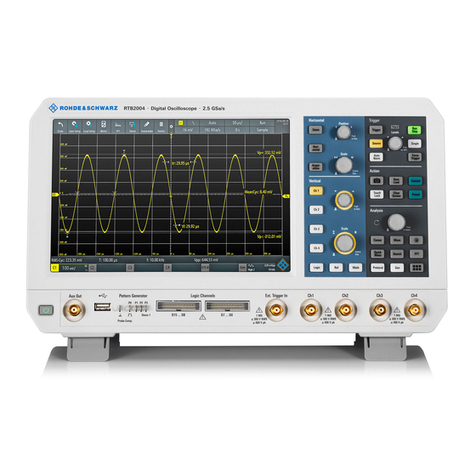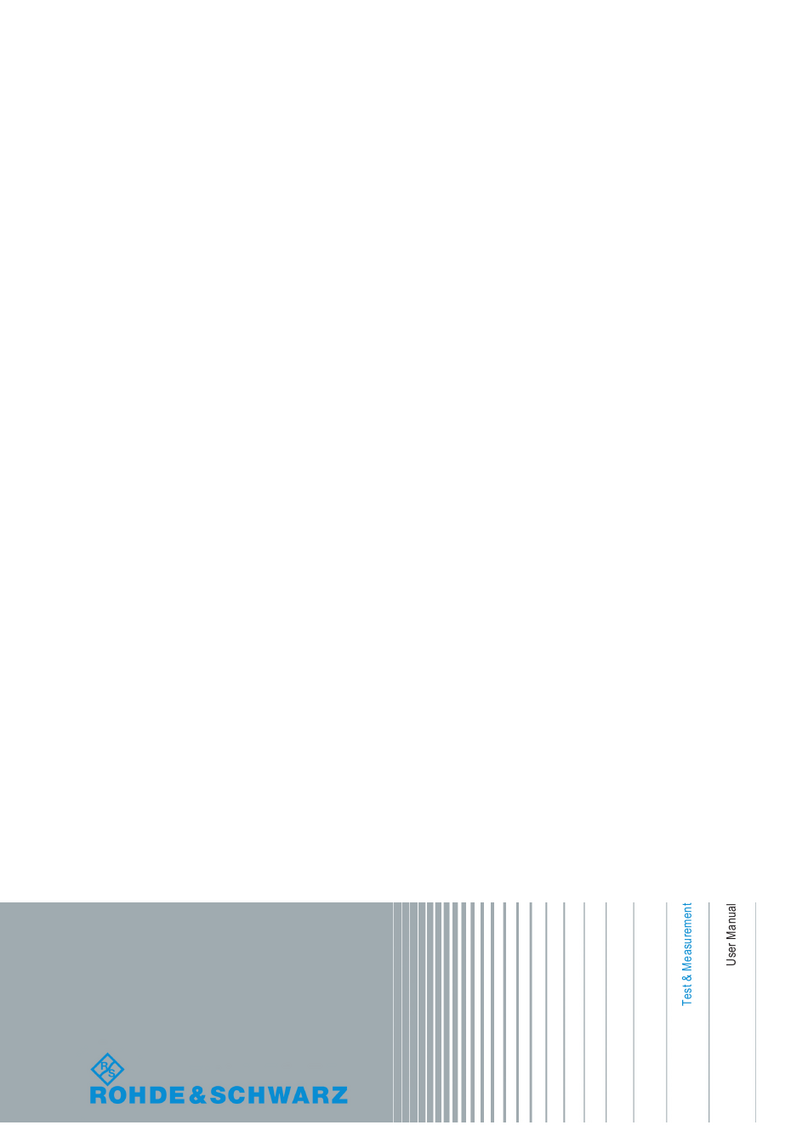
Contents
R&S®CMW-KM5xx/-KS5xx
4User Manual 1173.9628.02 ─ 16
2.3.1 Combined Signal Path Measurements..........................................................................75
2.3.2 LTE IP-Based Data Tests............................................................................................. 79
2.3.3 VoLTE Call Setup and Audio Tests...............................................................................83
2.4 GUI Reference............................................................................................................. 94
2.4.1 Signaling View...............................................................................................................95
2.4.2 Signaling Control.........................................................................................................112
2.4.3 Using the Shortcut Softkeys........................................................................................116
2.4.4 General Settings......................................................................................................... 117
2.4.5 I/Q Settings................................................................................................................. 121
2.4.6 RF Settings................................................................................................................. 123
2.4.7 Internal Fading............................................................................................................ 130
2.4.8 Downlink Power Levels............................................................................................... 135
2.4.9 Uplink Power Control.................................................................................................. 138
2.4.10 Physical Cell Setup..................................................................................................... 143
2.4.11 Network Settings......................................................................................................... 149
2.4.12 Connection Configuration............................................................................................160
2.4.13 CQI Reporting............................................................................................................. 184
2.4.14 UE Measurement Report Settings.............................................................................. 186
2.4.15 Messaging (SMS) Parameters.................................................................................... 188
2.4.16 Shortcut Configuration................................................................................................ 191
2.4.17 Message Monitoring Settings......................................................................................191
2.4.18 BLER Measurement Configuration............................................................................. 192
2.4.19 RLC Throughput Measurement Configuration............................................................ 196
2.4.20 Annex: UE Capabilities............................................................................................... 199
2.5 Programming.............................................................................................................213
2.5.1 General Configuration................................................................................................. 214
2.5.2 BLER Tests................................................................................................................. 238
2.5.3 RLC Throughput Tests................................................................................................243
2.6 Command Reference................................................................................................ 244
2.6.1 Conventions and General Information........................................................................ 245
2.6.2 General Settings......................................................................................................... 248
2.6.3 Connection Control and States................................................................................... 250
2.6.4 Event Log.................................................................................................................... 262












